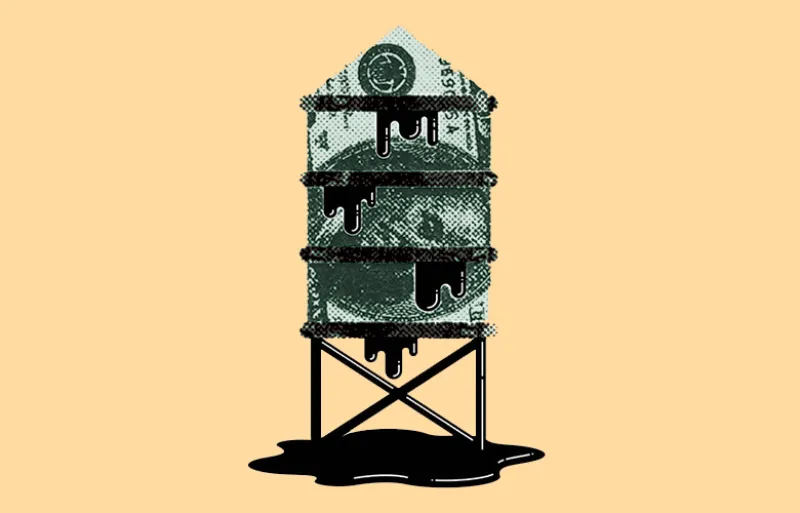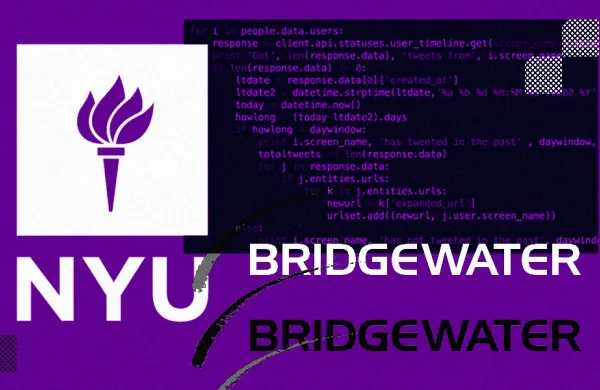On January 10, New York City Mayor Bill de Blasio and Comptroller Scott Stringer called on the city’s pension trustees to begin analyzing ways to divest their funds of fossil fuels.
Fossil fuel investments account for roughly $5 billion of the city’s combined $189 billion in pension assets. According to Stringer and de Blasio, New York’s pension funds would be the first major U.S. retirement system to rid itself of fossil fuels.
The five-year divestment plan will begin with an analysis of the anticipated impact on the portfolios’ risk and return characteristics. At present it’s unclear what divestment mechanisms the pension trustees will recommend. Though some say full divestiture is possible, others believe New York’s pensions could face legal ramifications.
“It would be very difficult for them to just divest,” says Fredo Silva, corporate group partner at law firm Morrison & Foerster, by phone. “It’s a very dramatic step that may not be legally defensible.”
According to Silva, New York’s pensions are unlikely to up and sell all investments tied to the production of fossil fuels. Not only would such a move be impractical, he says, it also could be in breach of the Employee Retirement Income Security Act of 1974.
“Your duty as a fiduciary, similar to the duty of the director of the corporation, is to maximize the investment return,” Silva explains. “If you were to take an action that doesn’t maximize the value, you could be sued for a breach of fiduciary duty.”
According to Silva, there needs to be a business case to justify any divestment. Larry Cary, a partner at law firm Cary Kane, which specializes in ERISA law, says that New York’s pension plans could argue that fossil fuel investments have long-term risks associated with climate change. He notes that New York was able to divest from tobacco stocks, which carried what he calls “reputational risk,” in 1996.
But divestiture from an entire sector could nonetheless be detrimental to investment performance, says Chris Fiore, vice president at economic consulting firm Compass Lexecon. “The energy sector had the lowest correlation with the stock market,” he points out. “If you were to divest from coal, oil, and natural gas, the cost would be substantial.”
According to Fiore, if a retirement system like New York’s divested from these companies in the equity market alone, it could lose between 15 and 20 basis points in investment returns, depending on the structure of the divestment.
Divestiture from fossil fuels has been a difficult road for the local governments that have attempted it. Former Seattle mayor Edward Murray sent a letter to the Seattle City Employees’ Retirement System in April 2017, asking its board to divest from coal and reconsider its investments in fossil fuels. But in July the pension fund’s board decided that it would not be able to divest responsibly from fossil fuels.
Washington, D.C., had more success. Its District of Columbia Retirement Board announced in June 2016 that it had divested all direct holdings in the public companies included on the Carbon Tracker 200 List. The divestment took place over a period of three years.
Such gradual selling is key to ensuring the efficacy of a divestment plan, says Victoria Fernandez, head of fixed income at Crossmark Global Investments.
“You obviously don’t want to divest it all at one time,” she says.
Asha Mehta, director of responsible investing at Acadian Asset Management, says that pension funds could consider shareholder resolutions as a means of taking action, rather than attempting a complete divestment. The DCRB, for its part, signaled that the pension fund would actively work with its portfolio companies on environmental, social, and governance initiatives.
“If you don’t want to divest those companies,” Mehta says, “you can engage with them and talk about cleaner technologies to advance that dialogue.”







